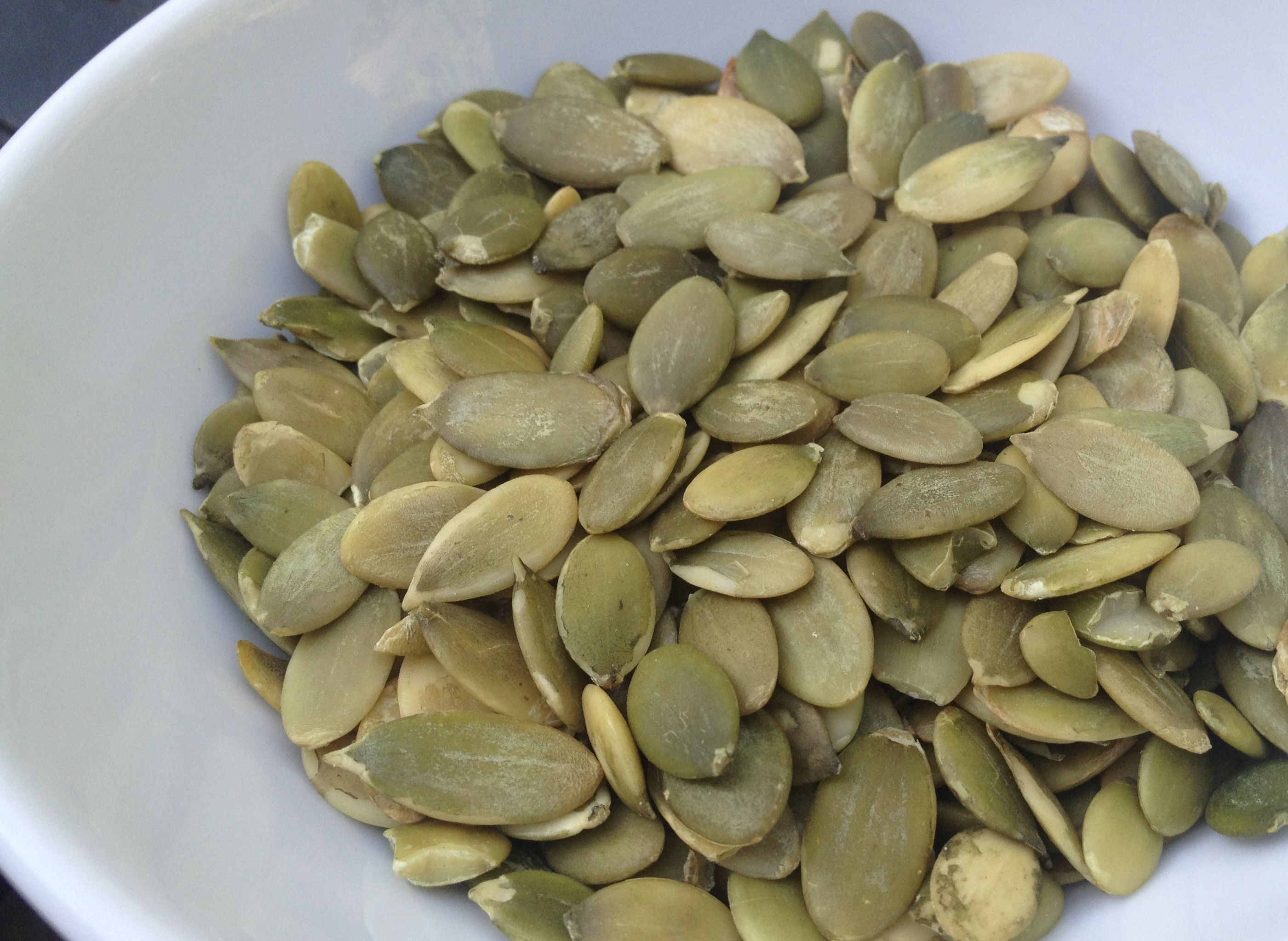When compared to the average person, individuals with lung conditions (chronic bronchitis, asthma, and emphysema) use way more energy during breathing. Such breathing problems are a result of narrowing and inflammation (swelling) of the lung’s airways. In general, exercise and other forms of physical activity are critical for good health and can play a significant role in the prevention of lung problems. But, the wrong types of exercise can induce inflammation and trigger breathing difficulties.
To avoid this, here’s a list of three smart exercise strategies that can help alleviate inflammation, labored breathing, and other symptoms of common lung conditions.
Performing Cardio Exercise at Tolerable Intensities
If you have a lung condition, cardiovascular (cardio) exercise is one of the most effective ways to attain and maintain optimum health and fitness. When performed regularly, cardio greatly improves the overall functioning of your heart, lungs and blood vessels, which makes it much easier to breathe. The optimal amount of cardio exercise definitely depends on the type of lung condition you have.
Related Article: Three Low-Impact Cardio Alternatives to Running
However, in the presence of any lung condition it’s best to perform long-duration cardio exercise (45-60 minutes) at low-to-moderate intensities as opposed to high-intensity workouts.
This is a research-backed fact not a recommendation!
High-intensity exercise has been shown to trigger airway inflammation and asthma-related symptoms. If you have a lung condition, stop trying to run or keep up with P90X and other high-intensity workouts and opt for brisk walking, cycling at moderate speeds, or even housework.
Related Article: Spontaneous Physical Activity: What Is It and Why You Need It Every Day
Engaging in Regular Resistance Training
Adequate circulation is crucial for staying physically fit with a lung condition. Resistance (weight) training improves the structure and function of blood vessels in ways that significantly enhance circulation through the heart, lungs, and other organs in the body. This type of training also preserves muscle and elevates the metabolic rate, which is necessary for maintaining a healthy body weight.
For maximum results, perform one or more sets of exercises that target all the major muscle groups (chest, back, shoulders, arms, and legs) using low-to-moderate loads. This can be as simple as dedicating just 10 minutes, five days a week to working one major muscle group.
To maintain efficient breathing while training, always start by inhaling deeply through your nose and then exhaling through your mouth whenever you’re performing a lift.
Related Article: Weight Training 101: What You Need To Know Before You Lift
Incorporating Mind-Body Exercises
Mind-body exercises are great for managing stress. Excessive stress promotes poor health and disease in general. In stressful situations, your body responds by releasing a hormone called cortisol. Long-term exposure to cortisol has devastating consequences that promote type 2 diabetes, high cholesterol, high blood pressure, and unnecessary weight gain.
Related Article: Stress: A Culprit Behind Weight Gain, Belly Fat, and Chronic Disease
Increased stress and cortisol production can also amplify airway inflammation and induce acute asthma leading to wheezing, coughing, and breathlessness.
If you have a lung condition, you may find mind-body exercises like yoga, tai chi and Pilates to be extremely beneficial for managing many of the stresses associated with juggling family life and work. In addition to supporting stress relief, implementing such mind-body exercise can also enhance your breathing patterns and technique while improving your balance, posture, and core stability.
Now, it’s important to understand that engaging in exercise training and other forms of physical activity won’t reverse or cure chronic lung conditions. However, such practices can certainly make breathing a whole lot easier thereby helping you to stay fit. Maintaining an adequate level of fitness will ultimately enhance your quality of life while reducing your overall risk of disease.
Related Article: Five Strategies for Eating Well with a Lung Condition







